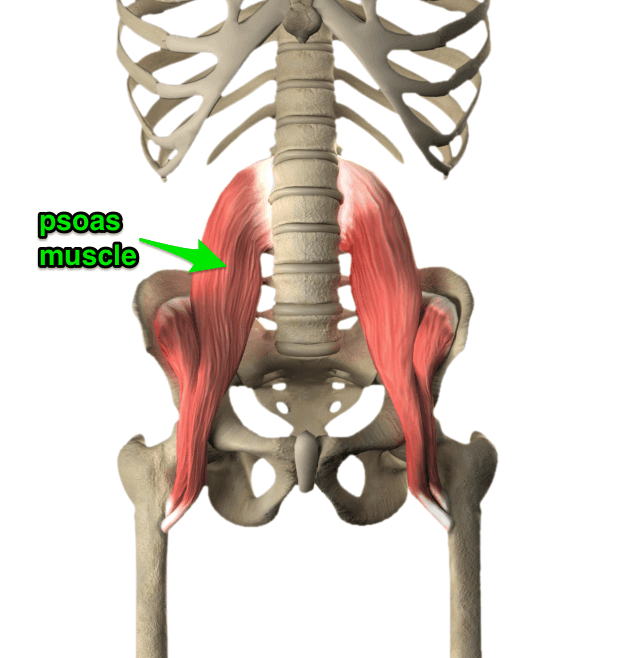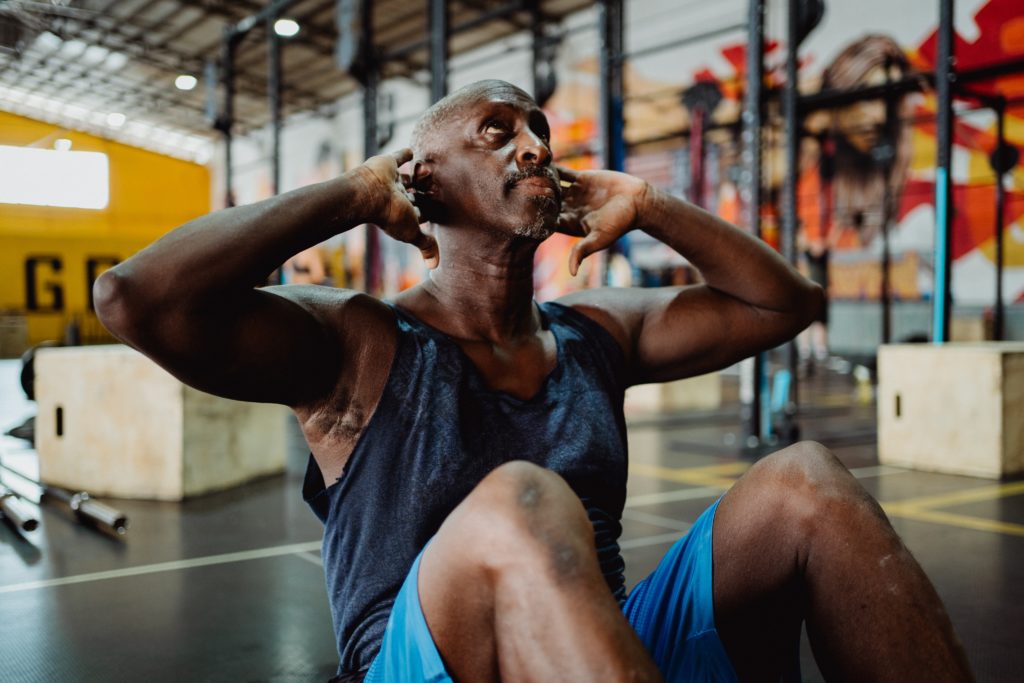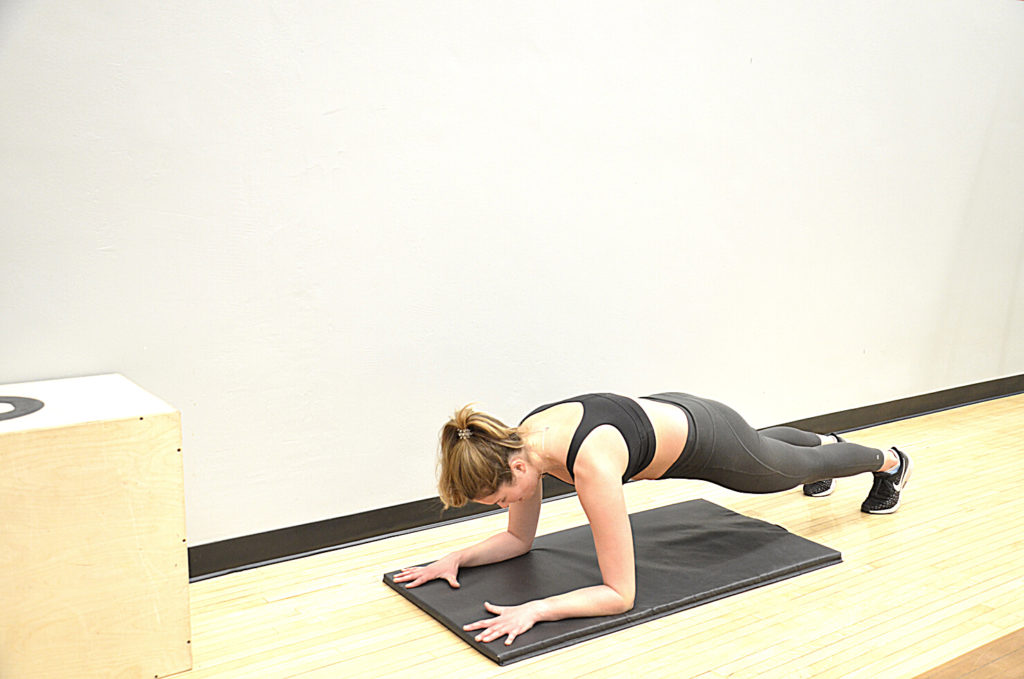When in search of developing abdominal strength, many individuals will opt for the infamous sit-up. This incredibly common exercise is used in a variety of settings including gyms, military training, high school physical education classes, and youth sports. On the surface, sit-ups seem beneficial, but are they as promising as they seem?
Low-back Pain
Many people complain of experiencing back pain after doing sit-ups. Sit-ups often contribute to lower back pain because the back muscles usually aren’t strong enough to counteract the force of the sit-up (McGill, 1995; Vincent & Britten, 1980). This muscular imbalance between the abdominals and the back muscles causes the back to arch during the exercise, and can cause pain.
In 2005, a study was done on over 1500 U.S. army soldiers after completing the Army Physical Fitness Test. Over 50% of injuries that occurred as a result of the test were attributed to the sit-ups they performed (Evans et al., 2005). Since then, the U.S. army has removed sit-ups from the army fitness test.
The Muscles Sit-ups Use
While it’s commonly believed that sit-ups strengthen the abdominals, this exercise doesn’t activate the muscles that you think. When doing a sit-up, most of the work is done by the hip flexors. The first 20-30° of movement is done by the abdominals, while the remaining 60-70° is accomplished by the hip flexors (Macfarlane, 1993; Vincent & Britten, 1980).
A deep muscle called the psoas does most of the work accomplished by a sit-up (Macfarlane, 1993). The psoas is a hip flexor that runs from the sides of the lowest vertebrae to the thighs. When the psoas is tight, it pulls on the lumbar spine and can cause pain and discomfort.

When someone does a sit-up they are mostly strengthening their hip flexors, not the abdominals. Strengthening of these muscles is usually not necessary. The hip flexors naturally develop through walking and jumping. Unnecessary strengthening of the hip flexors can cause a strength imbalance between the hip flexors and the abdominals. This imbalance can create problems with postural alignment in the pelvis and spine (Macfarlane, 1993; Vincent & Britten, 1980). These postural issues include problems like lordosis, which is commonly referred to as ‘sway back’. It can also cause a serious condition called spondylolisthesis.
Compressional Loading of Sit-ups
When one performs a sit-up, the spine undergoes compressive loading. Objects can only withstand a certain amount of compressive force until they deform.
McGill (1995) conducted a study on 12 students at the University of Waterloo, and found that the traditional bent leg sit-up placed a compressive load of 3413 N on the low back. Interestingly, the National Institute for Occupational Safety and Health (NIOSH) has suggested a compressional limit of about 3400 N for the lower back. The loading found in McGill’s 1995 study exceeded NIOSH’s limit, creating reason for concern about the effects of sit-ups on the spine.
Sit-ups and Intervertebral Discs
Not only do sit-ups pose a risk of injury to the vertebrae, they may also cause harm to the intervertebral discs. Callaghan & McGill (2001) used models from non-living animals to find that repeated flexion and extension exercises combined with spinal compression may be closely linked to disc herniation in the cervical vertebrae. In other words, the repetitive and strenuous actions that occur when doing sit-ups can be linked to disc herniation in the neck. Other studies done on humans have shared similar findings, for example Childs et al., (2010) explain that sit-ups do create important shear and compressive forces on the intervertebral discs and accross the lumbar spine. However, generally speaking, the risk to intervertebral discs may be more applicable when exercise progression is too ambitious and body adaptations are insufficient (Schoenfeld et al., 2016).
Alternative Exercises
The Curl-Up and Its Limitations
The curl up is a highly advocated-for substitute to sit-ups, however it has its limitations. In this exercise, one lays on their back, with their knees bent and arms folded across their chest. The abdominals are then engaged to lift the upper back from the floor and then lower back down to the ground. The curl-up has been found to place a higher demand on the abdominal muscles than the traditional sit-up, while decreasing the activation of the hip flexors (Macfarlane, 1993). This exercise has also been deemed appropriate for those with low-moderate fitness levels (Macfarlane, 1993).
However, It is important to note that some researchers have suggested that a regular performance of curl-ups may also put one at risk of lower back injury.
The Plank
Peterson (2015) believes that planks are the most optimal exercise for abdominal strength. He argues that planks are more functionally relevant than curl-ups. One does not often complete movements in everyday life that are similar to a curl-up. A plank strengthens the core stabilization muscles, which are often used when lifting, pushing, or pulling.
The Bird-Dog
Another alternative to performing sit-ups and curl-ups is the bird dog. In this exercise, one will begin on all-fours, and extend one leg and the opposite arm away from the body. McGill & Karpowicz (2009) believe that the bird dog is a favourable core exercise because it improves stability in the spine, while placing a low compressional load on the spine. To further reduce the compressional load on the spine, one can complete a bird dog with only the leg extended, and not the arm (Kavcic et al., 2004).
Minimizing Risk of Injury
If you must perform sit-ups, it is important to complete exercises that will stretch the hip flexors in order to counterbalance the effects. Stretches such as the runner’s lunge or a lying rotation stretch should be included. Sit-ups should also be performed in a bent-leg position. This position minimizes the pull on the psoas, thus reducing the risk of injury (Vincent & Britten, 1980).
Conclusion
Sit-ups are often used by many individuals to develop abdominal strength. However, performing this exercise may have serious consequences. Performing sit-ups often leads to lower back pain because this exercise strengthens the hip flexor muscles. Strengthening the hip flexors through sit-ups can lead to conditions such as sway-back or spondylolisthesis. Performing sit-ups also affects the intervertebral discs, and can place one at risk of disc herniation. Furthermore, sit-ups place a compressional load on the lower back which exceeds the limit recommended by the National Institute for Occupational Safety and Health (NIOSH). A variety of exercises exist that are safer alternatives to sit-ups. These alternatives include the curl-up, plank, and bird dog.
About the Author
Sara Perfetto is a kinesiology student at Laurentian University with 18 years of dance experience.






